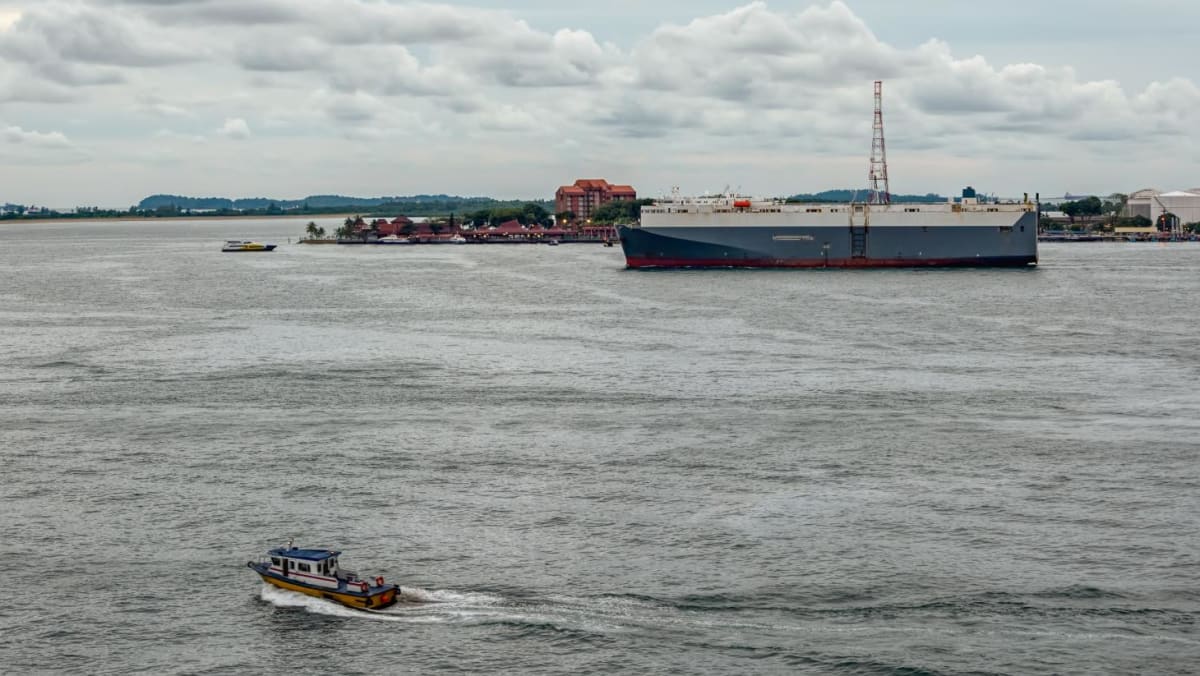What’s driving these robberies?
ISEAS-Yusof Ishak Institute’s Dr Storey said a variety of factors are at work, including poor socioeconomic conditions; corruption within shipping companies and law enforcement agencies; and the target-rich environment in the Singapore Strait.
Indonesia has a vast maritime domain but “limited assets” to police it, said Dr Storey, who also specialises in defence and security issues in Southeast Asia.
“The Indonesian navy and coast guard can’t be everywhere all the time.”
The Information Fusion Centre (IFC), a regional maritime security centre under the Republic of Singapore Navy (RSN), has also pointed to a mix of seasonal and situational conditions.
In a quarterly summary of incidents during the first three months of 2025, IFC noted that the northeast monsoon – between December and March – has affected fishing yield.
Increased financial burdens leading up to festivities in February and March could have pushed locals to resort to petty crime in coastal waters to supplement their income, the centre added.
Are the increasing numbers cause for concern?
Concern, yes – but not alarm, said Dr Storey.
He reiterated that the majority of attacks involve petty theft rather than hijacking, kidnapping or stealing cargo.
For this same reason, he – as well as HFW’s Mr Stephens – believes the impact on maritime trade so far has been minimal.
Both experts, however, said insurance premiums could go up for vessels passing through the Singapore Strait, should attacks remain unchecked or grow in frequency and intensity.
Shipping companies would pass on these costs to their clients, who would in turn pass them on to consumers.
But Mr Stephens said it was “unlikely” that the man on the street would feel any sort of impact.
“When compared to the total vessels trading through the Straits each year, (the number of sea robberies) is a tiny, tiny proportion,” he noted. “By example, the Port of Singapore alone recorded a record high of 3.11 billion gross tonnes of arriving ship traffic (last year).”
What is Singapore’s approach to sea robberies?
The Maritime and Port Authority of Singapore (MPA), the Singapore Police Coast Guard (PCG) and the RSN work together to secure territorial waters.
MPA regularly issues information on sea robbery incidents in the Straits of Singapore and Malacca, to vessels most commonly involved in such incidents.
PCG leans on international cooperation, patrols and a network of cameras and other systems to respond to criminal activities within Singapore’s territorial waters.
It will board vessels that have encountered armed robbery incidents in Singapore waters, and investigate accordingly.
For the RSN, it set up a Maritime Security Task Force in 2009, and a Singapore Maritime Crisis Centre in 2011.
The navy’s IFC also shares real-time information among Singapore’s neighbours, as part of close collaboration that also involves coordinated sea and air patrols.
The Singapore Strait also includes the territorial waters of Malaysia and Indonesia.
